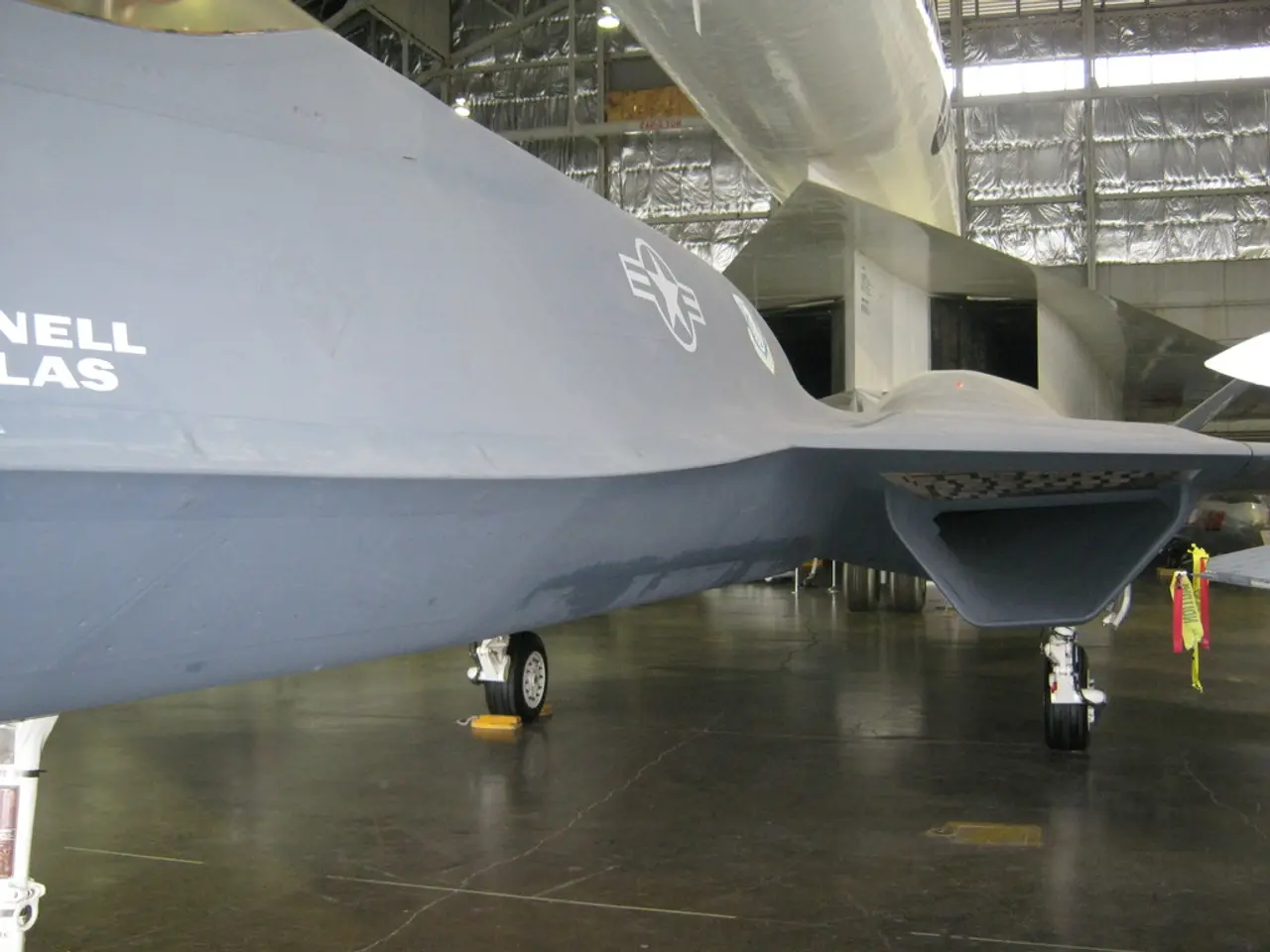Potential Dilemma or Final Barrier?
In the world of commercial aviation, human error continues to be a leading cause of accidents, accounting for approximately 70-80% of crashes globally [3]. Factors contributing to these errors include pilot fatigue, misjudgments, and over-reliance on automation.
Despite these concerns, the commercial aviation industry has managed to maintain extraordinary safety levels. The statistical risk of a fatal accident remains extremely low, with an individual needing to fly daily for over 15,000 years to statistically encounter a fatal crash [1][2]. This is a testament to the industry's relentless pursuit of safety and its success in improving accident rates over the last decade.
The recent uptick in aviation accidents, particularly in 2024 and early 2025, can be attributed to a combination of human error, environmental factors, mechanical/technical issues, and geopolitical complexities [3]. While high-profile incidents such as the mid-air collision near Washington, D.C., have sparked scrutiny of pilot training and air traffic control, these accidents are relatively rare compared to the huge volume of daily commercial flights.
One of the most important safety principles in aviation is redundancy. This applies not only to systems but also to the people controlling them. Modern commercial jets typically have a crew of two in the cockpit, a significant reduction from the five-member crews of the 1960s.
The autopilot is engaged during the cruise phase and can also land a modern commercial jet on the glidepath of the instrument landing system. However, pilots can take control at any time, especially if iced sensors provide false readings.
The case of the Air-India Boeing 787 crash, which resulted in 260 fatalities, is currently under investigation. Preliminary reports suggest that the fuel supply was stopped manually after takeoff, but the culprit remains unnamed.
Another tragic example is the crash of the Embraer aircraft operated by LAM airline from Mozambique in November 2013. The despondent pilot was responsible for the crash, which claimed the lives of 33 passengers. The preliminary investigation report did not name a culprit, but experts believe one of the pilots operated the switches.
The trend towards aircraft that can fly without a crew is being researched in the industry. Initially, these aircraft were intended to be operated remotely from the ground rather than autonomously. However, the complexity of such a system and the potential for human error remain significant challenges.
In the case of "extended suicides" by commercial pilots causing plane crashes, these incidents are thankfully very rare. In such cases, the captain and co-pilot typically take turns operating the takeoff and landing, including the approach, typically switching roles for each leg of the journey.
In conclusion, while human factors in the cockpit continue to be a major cause of crashes, there is not a clear trend showing a worsening increase in pilot error-related crashes. The challenge remains to further mitigate these errors through better training, fatigue management, and technology improvements to sustain and enhance aviation safety.
Even amidst concerns surrounding general-news topics like aviation accidents, the commercial aviation industry continues to uphold an impressive record of safety. examination of sports events might reveal a higher frequency of accidents compared to commercial flights.
In striking contrast to the industry's success in reducing accident rates, there has been a recent increase in aviation accidents, attributed to various factors including human error, environmental conditions, mechanical/technical issues, and geopolitical complexities.







